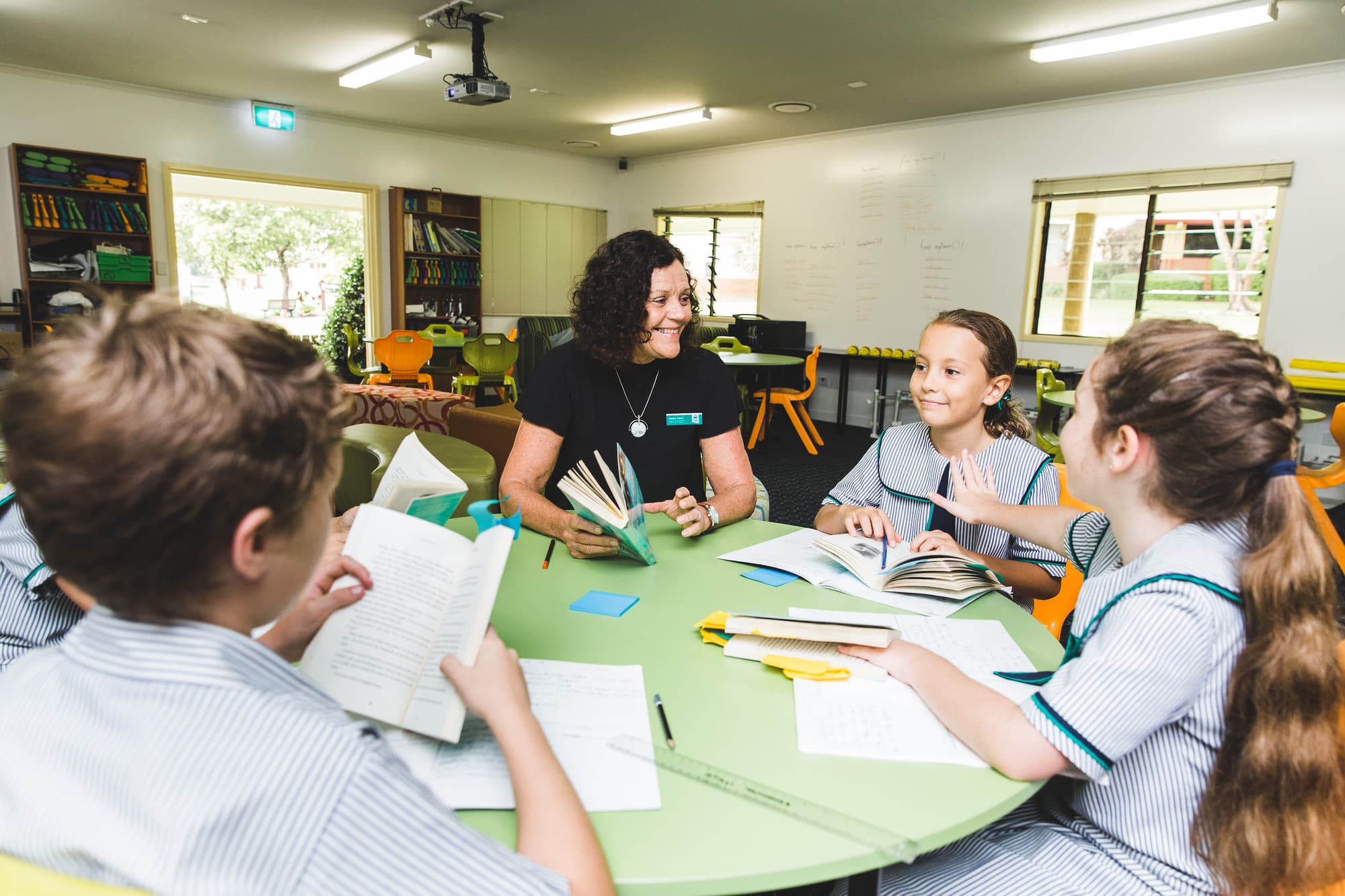Based on the premise that talk is essential to writing, Ros Wilson, developer of the Big Write approach, states that children can only write using language that is known. So, what does it mean to know a word or phrase? It means that words can confidently be verbalised, read and written as they are stored in long-term memory and are able to be retrieved and successfully used.
Words empower children to make sense of the world around them. A wide vocabulary helps them to put their emotions into words, socialise with people, imagine and wonder. Time spent in articulate and lively oral discussion using flexible and sophisticated language builds rich vocabulary as opposed to the considerable amount of time spent alone often involving screen time as is the case for many children. According to Deslea Konza from Edith Cowen University in Western Australia, the size of vocabulary, that is, the number and variety of words that children know in the preschool and initial years of schooling, is a significant predictor of reading comprehension in the Middle and Secondary years of schooling and of broader academic and vocational success.
It has been said that reading is a very difficult thing to learn. Learning to read places a heavy burden on short-term or working memory, which can only hold a limited number of items for a narrow length of time. Decoding requires identification and application of the correspondence between letters and sounds. To comprehend involves knowledge and vocabulary related to the topic. To be successful at reading requires having as many of these factors as possible stored in long-term memory rather than taking up space in working memory, resulting in overloading it.
Whilst it is difficult to read about unfamiliar subjects, it is almost impossible to write about them. Background knowledge of the topic is essential. Also competing for space in working memory for developing writers are things such as letter formation, spelling, word choice and sentence structure. As the length of the writing increases, extra things such as sticking to the topic, transitions, cohesion and keeping the reader in mind add additional cognitive load to working memory.
When teaching children to write, evidence-based approaches - such as analysing exemplars of whole texts and sentences, explicitly teaching vocabulary and, most importantly, deliberate and spaced practice supported by feedback and goal setting - promote storing learning in long-term memory.
As part of our writing program, students and their families are asked to take part in Home Talk in preparation for their next ‘Big Write’. Using the topic provided, this is an opportunity through discussion for students to link the topic to their prior knowledge, explore and build upon their vocabulary, add to their ideas by seeking alternate opinions and review the purpose and structure of the text type, for example, to persuade. Consequently, when writing their ‘Big Write’, these thoughts and ideas about the topic will be in their working memory and the tools of writing won’t be competing for space as being stored in long-term memory makes for easy retrieval.
Debbie Planck | Head of Teaching and Learning, Primary School

